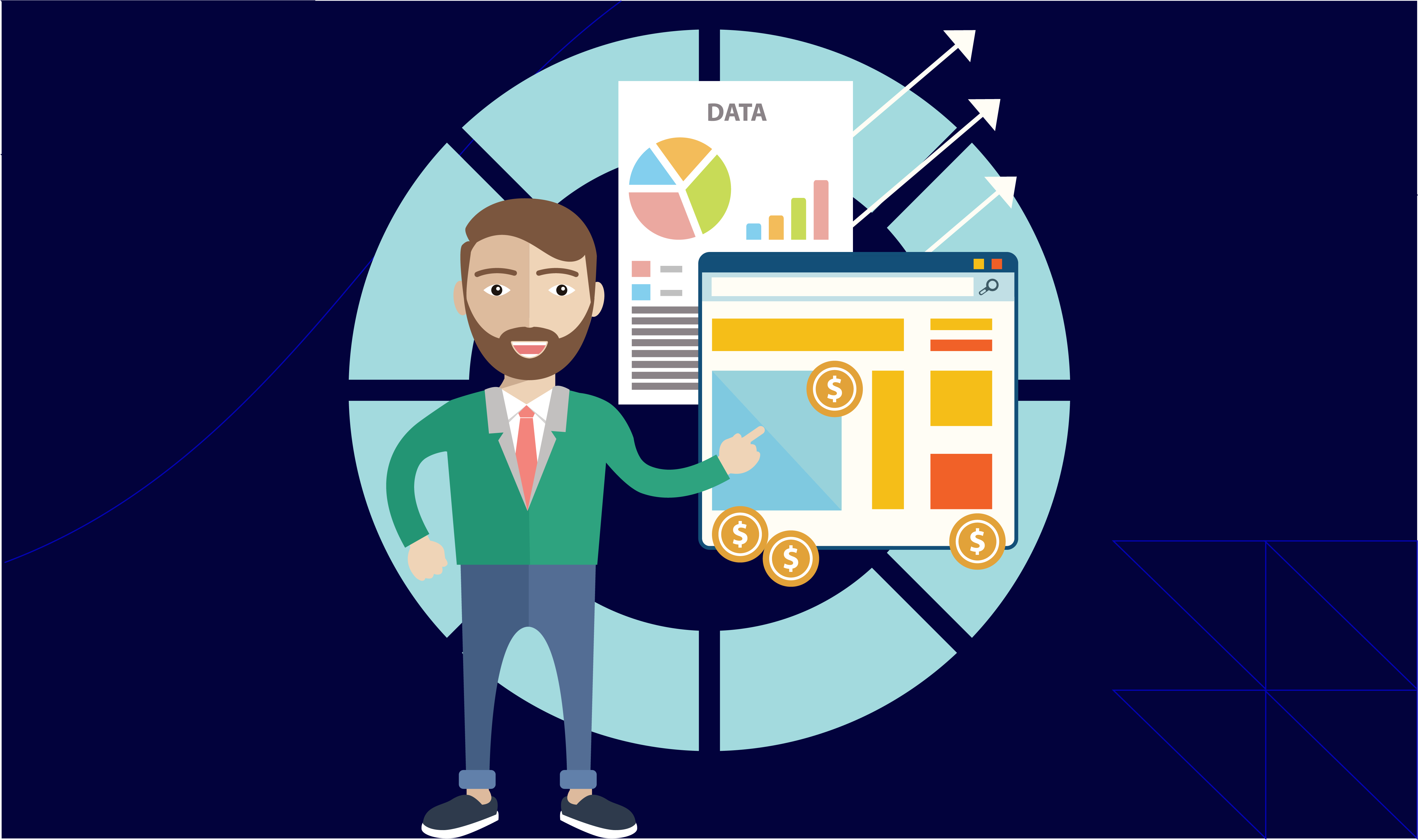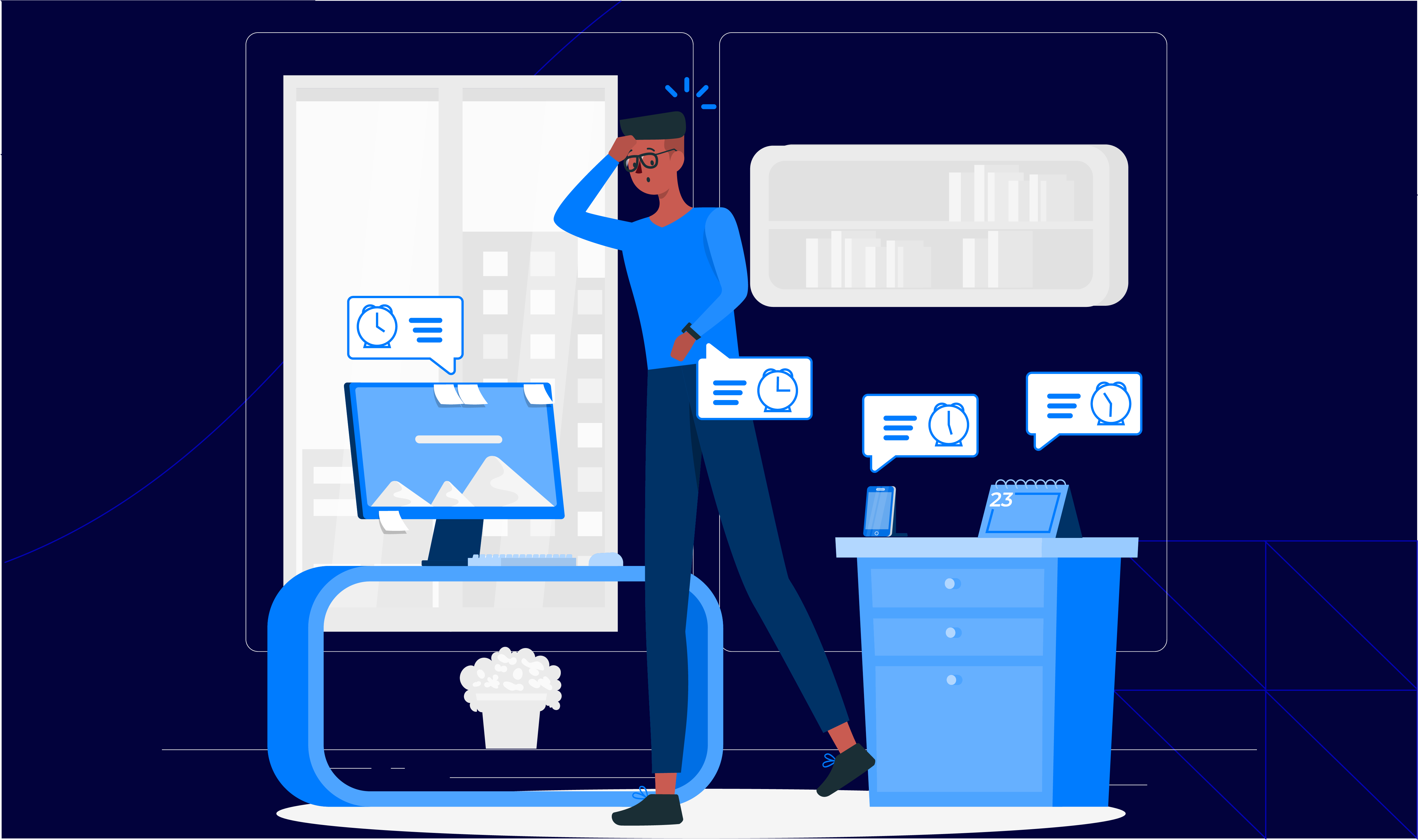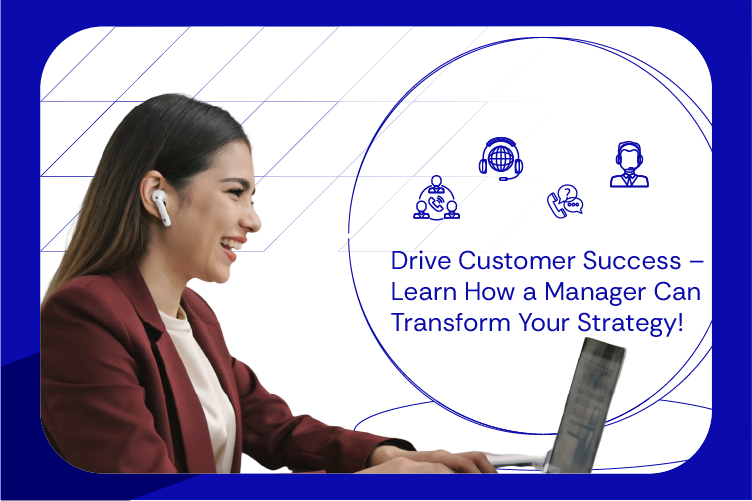To drive customer success, you need a combination of CSM, SAP and data driven insights. Together, they form a comprehensive customer success strategy. In it, a Customer Success Manager (CSM) uses SAP’s integrated tools and data analytics to proactively manage customer relationships and enhance customer satisfaction. For mid-to-large consumer brands and D2C companies across the US, UK & Australia, this blend can influence retention and recurring revenue. Ultimately, this leads to increased retention and revenue.
Studies show that by the end of 2025, 35% of Annual Recurring Revenue (ARR) will come from your existing customers, while 53% is expected from new customer sales. This clearly indicates that your existing customers can generate more revenue by:
- Purchasing additional features or add-ons
- Renewing or upgrading their current plans
- Referring new customers
But, are you taking them seriously? Retaining loyal customers costs far less than acquiring new ones and the resulting stability can help you scale sustainably. This approach also improves profitability and supports long-term business stability.
So, how do you drive customer success? Should you hire a dedicated manager? Yes, you can hire a Customer Service Manager (CSM). Primarily, they increase your customer retention, which directly increases customer lifetime value (CLV). This reduces churn and significantly boosts revenue.
Want to earn more satisfied customers in 2025? In this article, let’s learn who a CSM is and how they deliver results & drive customer success. Also, we will learn how you can achieve data-driven and SAP-driven customer success.
Who is a Customer Service Manager (CSM)?
A Customer Success Manager (CSM) is a professional responsible for driving customer success. They manage and optimise the customer experience (CX) throughout the entire customer lifecycle.
Unlike customer support roles that focus on resolving immediate issues, a CSM takes a proactive approach. They ensure that customers achieve their desired outcomes with the product or service.
Moreover, a CSM can raise Net Promoter Scores (NPS) of your business. For the unaware, it is a key metric for customer loyalty and advocacy. According to research, 73% of customers are willing to spend more for exceptional service, something a trained CSM helps deliver consistently.
How Does a CSM Deliver Results & Drive Customer Success?

A CSM’s primary objective is to drive customer success by letting them derive maximum value from your services/ products. Let’s understand in detail how a CSM delivers results & drives customer success:
1. A CSM Does Accurate Onboarding and Training
Onboarding and training involve guiding new customers through the initial stages of using a product or service. Usually, a CSM:
- Conducts product walkthroughs
- Provides educational resources
- Offers live or recorded training sessions
Be aware that this is a critical process as it sets the foundation for a positive CX. Proper onboarding not only reduces the chances of customer confusion/ frustration but also increases product adoption rates. Effective onboarding sets the tone for engagement and boosts adoption rates by up to 80%
2. A CSM Builds Lasting Customer Relations
Customer engagement is the practice of maintaining consistent interactions with customers throughout their lifecycle. A CSM drives customer success by:
- Understanding each customer’s evolving needs
- Proactively reaching out to provide guidance and support.
- Offering regular check-ins to identify challenges and timely address them before they escalate.
These efforts deliver results & drive customer success. Please note that engaged customers are more likely to:
- Renew their contracts
- Expand their service usage
- Provide positive referrals
A pattern seen across Atidiv’s CX clients who achieved 60% higher renewal rates through structured engagement programs.
(Reference: How Atidiv Delivered 80% Time Savings, 50% Cost Reduction, and 99% Accuracy for an NYC Start-Up)
3. A CSM Acts on Real-time Feedback
A CSM is responsible for systematically gathering feedback through:
- Surveys
- Direct conversations
- Monitoring product usage data
This information is then communicated to relevant departments such as product development, marketing, or support. By actively collecting feedback, a CSM easily identifies unfavourable or negative patterns. Next, they address these issues using the best practices which drive customer success.
4. A CSM Reduces Churn Proactively
Churn reduction is a process where you identify early warning signs of customer dissatisfaction. To detect these signs, a CSM monitors:
- Usage patterns
- Account activity
- Customer feedback
If a customer shows signs of disengagement, such as decreased usage or negative feedback, the CSM intervenes with targeted outreach. Leading CX teams report that early churn prediction reduces customer loss by up to 25%.
5. A CSM Maximises Revenue Opportunities
Upselling and cross-selling are revenue-increasing strategies. Both try to expand the customer’s usage of a company’s products or services. Let’s see how:
| Upselling | Cross-selling |
Upselling encourages customers to:
or
|
Cross-selling introduces complementary products or services. |
A CSM is an expert in both of these techniques! Using them, a CSM tries to increase revenue per customer.
Besides Hiring a CSM, You Can Also Enjoy SAP-driven Customer Success!

Studies show that SAP customers using SAP BTP with S/4HANA Cloud report average annual revenue gains of $7.44 million. SAP does this by offering support and guidance at every stage of using their products. The goal is to let businesses enjoy SAP-driven customer success.
Let’s see how it happens:
How Does SAP-Driven Customer Success Become a Reality?
Research shows that companies using SAP have experienced:
- Sales conversion rates are increasing from 6% to 100%
and
- Sales team productivity improved by up to 90%
This largely happens due to on-time and proactive support from the SAP, as an organisation. Let’s understand how the company makes SAP-driven customer success a reality:
Customer-Centric Approach
- SAP understands your business needs and then builds solutions that fit.
- This customer-first attitude allows it to create software that improves customer relationships across areas like:
-
- Marketing
- Sales
- Service
- Online interactions
- In this way, you achieve SAP-driven customer success and increase customer loyalty and satisfaction.
-
- Customer Success Teams and Partners
-
-
- SAP has teams of experts.
- They work with you to get the most out of the software.
- These teams provide:
- Training
- Updates
- Best practices
- This lets you understand and use SAP’s features.
- Again, the goal is to achieve SAP-driven customer success by making the software easy to use.
-
- Lifecycle Management
-
-
- SAP supports your business through every stage of using their software.
- It helps you from the initial setup to regular updates and new features.
- They also let you track your progress using clear metrics.
-
- Integrated Technology
-
- SAP’s software integrates customer data into one system.
- This lets you manage customer interactions smoothly.
- Moreover, to enhance SAP-driven customer success, it uses artificial intelligence.
- AI in SAP gives insights and automates tasks.
- This further makes it easier to manage customer relationships.
- Enables faster and more informed decisions that enhance retention.
Don’t Forget The Numbers! Achieving Data-driven Customer Success is a Must in 2025

Data-driven customer success means using data to understand and meet your customers’ real needs. Studies have shown that companies adopting a data-driven customer success strategy see up to:
- 93% improvement in retention rates
and
- 40% higher revenue growth
But why? That’s largely because when you gather information from different sources and analyse it, you start making business decisions based on facts rather than guesses!
So, want to build better customer relationships and keep customers longer? Let’s learn how you can enjoy data-driven customer success.
How to Achieve Data-Driven Customer Success?
Please realise that data-driven customer success is about using high-quality data. To achieve it, follow this step-by-step process:
Step I: Audit and Integrate Data Sources
Start by listing all the places where customer data is stored, such as:
- Product usage logs
- Support tickets
- CRM systems
- Billing records
Combine this information into one system to achieve data-driven customer success. When you have a single view of your customer data, it becomes easier to understand how customers interact with your business.
Step II: Define Key Metrics
Decide on the most important metrics to track. Make sure your selected metrics can track the following:
- How often do customers use your product (retention rate)
- How satisfied they are (CSAT score)
- How likely are they to stay with your business (churn rate)
Step III: Use Analytics Tools
Now, use analytics tools to study your data. In this step, you set up dashboards that show trends and patterns. This lets you understand:
- What customers want
or
- Where they face issues
These insights allow CX leaders such as VPs and Directors to make informed decisions faster.
Step IV: Create a Data-Driven Culture
Train your team to use data in everyday tasks. Also, promote collaboration between departments. This allows everyone to understand the CX from multiple angles.
Such a shared understanding significantly improves customer support and lets you achieve data-driven customer success faster.
Step V: Iterate and Improve
You or your CSM should:
- Regularly look at your data
and
- Analyse how your strategies are working
If required, adjust your approach! Remember, your goal is to achieve the highest data-driven customer success in the minimal time. Continuous iteration is how top CX brands maintain long-term loyalty.
(For example, Enabling $20M+ Savings, High-Volume Management, and 95%+ Quality for a Leading Business Aggregator)
CSM, SAP, Data – Is it Just Too Much? Pass Your CX Headache to Atidiv Today!

Nowadays, to drive customer success, you need to achieve a combination of:
- Hiring a skilled CSM
- Usage of SAP software
- Adopting data-driven strategies
A CSM ensures positive CX, SAP streamlines major processes, and data-driven insights let you perform factual decision-making. Without expert help, opportunities for improving CX or reducing churn can easily be missed. However, integrating these elements efficiently is complex!
Please note that managing all these aspects without expertise can lead to inefficiencies and missed opportunities. That’s where Atidiv steps in!
We at Atidiv are a digital customer experience solutions provider with 15+ years of experience and 70+ clients. Our expert team offers:
- Omnichannel messaging solutions (phone, chat, email and SMS)
- Voice customer care
- AI-powered customer support
- Back office support services
- Social media support
- Live chat service for website
- Inbound call center services and outbound call center services
(See how our client saved $450K annually and reduced employee costs by 65%).
Recently, Atidiv saved $1.3M for a U.S. tire retailer and $500K annually for a UK firm by handling more than 230,000 support tickets. Let Atidiv manage your customer success challenges in 2025. Outsource your 100% customer support to Atidiv!
FAQs On Drive Customer Success
1. How can I balance customer success management with my day-to-day operations?
Driving customer success along with running daily operations can be challenging! Ideally, you should hire a Customer Success Manager (CSM). A CSM proactively handles:
- Customer engagement
- Feedback
- Problem-solving
This ensures stability and lets leaders focus on scaling core operations.
2. How can I make sense of all the customer data I collect?
You should start by integrating data from various sources (CRM, support tickets, billing) into one system. Next, use analytics tools and analyse key metrics like:
- Customer satisfaction (CSAT score)
- Customer retention %
- Churn rate
This holistic view lets you spot trends and drive customer success.
3. Can I handle customer success without hiring a CSM?
Yes, but it may affect long-term customer relationships! Usually, a CSM actively monitors customer needs and provides timely support. They use leading CRMs like SAP and analyse big data to drive customer success.
Without a CSM, you might struggle to maintain consistent communication. This can lead to churn.
4. Is it worth investing in data-driven customer success for a small business?
Yes! Even small businesses can benefit from using high-quality business data. Using it, you can understand customer behavior and preferences.
Moreover, data-driven strategies let you:
- Identify loyal customers
- Predict potential churn
- Improve CX
Through factual decision-making, you can significantly increase customer retention and revenue.

